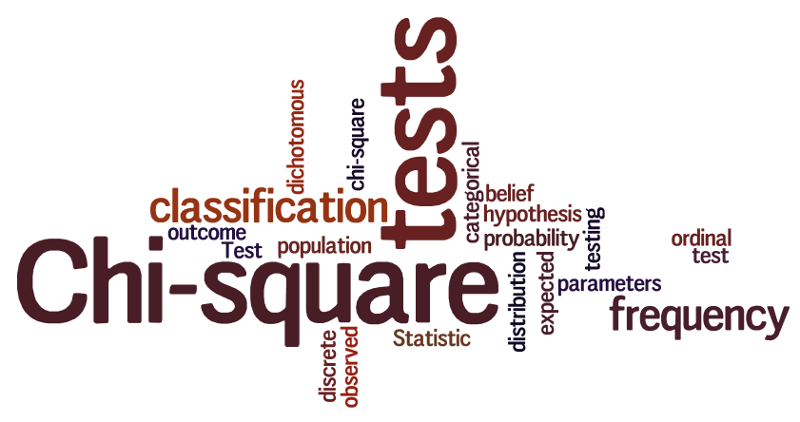Introduction:
Chi-square (Χ²) tables are invaluable tools in statistical analysis, providing a structured framework for interpreting relationships between categorical variables. Developed as an extension of the Chi-Square distribution, these tables serve a crucial role in various fields, from biology and social sciences to quality control and genetics. In this comprehensive guide, we will explore the intricacies of Chi-Square tables, unravel their construction, and delve into real-world examples to highlight their significance in statistical analysis.
Understanding Chi-Square Tables:
A Chi-Square table, also known as a contingency table, is a matrix that displays the frequency distribution of two or more categorical variables. Each cell in the table represents the intersection of specific categories from the variables under consideration, and the values within these cells denote the observed frequencies.
Table Construction:
Imagine we have two categorical variables, A and B, with categories A1, A2, …, and B1, B2, … respectively. The Chi-Square table organizes the observed frequencies at the intersection of these categories, resulting in a grid-like structure.
The table is often accompanied by marginal totals, representing the sum of frequencies for each variable.
To perform Chi-Square tests, we calculate expected frequencies for each cell under the assumption of independence between the variables. These expected frequencies are crucial for comparing with observed frequencies and determining if any significant associations exist.
Practical Applications of Chi-Square Tables:
Chi-Square Test of Independence:
One of the primary applications of Chi-Square tables is in testing the independence of two categorical variables. The Chi-Square test compares observed and expected frequencies to determine if there is a significant association between the variables.
Goodness-of-Fit Tests:
Chi-Square tables are employed in goodness-of-fit tests, where researchers compare observed and expected frequencies to assess if an observed distribution fits a theoretical or expected distribution.
Contingency Tables in Genetics:
In genetics, Chi-Square tables are frequently used to analyze the distribution of genotypes in a population. Researchers compare observed and expected genotype frequencies to evaluate whether the population is in Hardy-Weinberg equilibrium.
Market Research and Surveys:
Businesses often use Chi-Square tables in market research to examine the relationship between customer preferences and demographic variables. Survey data can be organized in contingency tables to identify patterns and associations.
Quality Control:
In quality control, Chi-Square tables help assess whether the distribution of defective and non-defective items conforms to expected standards. This is crucial in manufacturing and production processes.
Conclusion:
Chi-Square tables are versatile tools that offer a systematic approach to analyzing relationships between categorical variables. Their applications extend across diverse fields, empowering researchers, analysts, and decision-makers to draw meaningful insights from complex data sets. By understanding the construction of Chi-Square tables, the significance of degrees of freedom, and the utilization of expected frequencies, professionals can employ these tables to make informed decisions, test hypotheses, and contribute to advancements in their respective domains. As we continue to delve into the depths of statistical analysis, Chi-Square tables stand as pillars, providing a structured and insightful perspective on the intricate relationships within categorical data.
Editing More than 200,000 Words a Day
Send us Your Manuscript to Further Your Publication.








Is ChatGPT Trustworthy? | Rovedar | Scoop.it says:
ChatGPT vs. Human Editor | Rovedar | Scoop.it says:
Enhancing Your Assignments with ChatGPT | Roved... says: